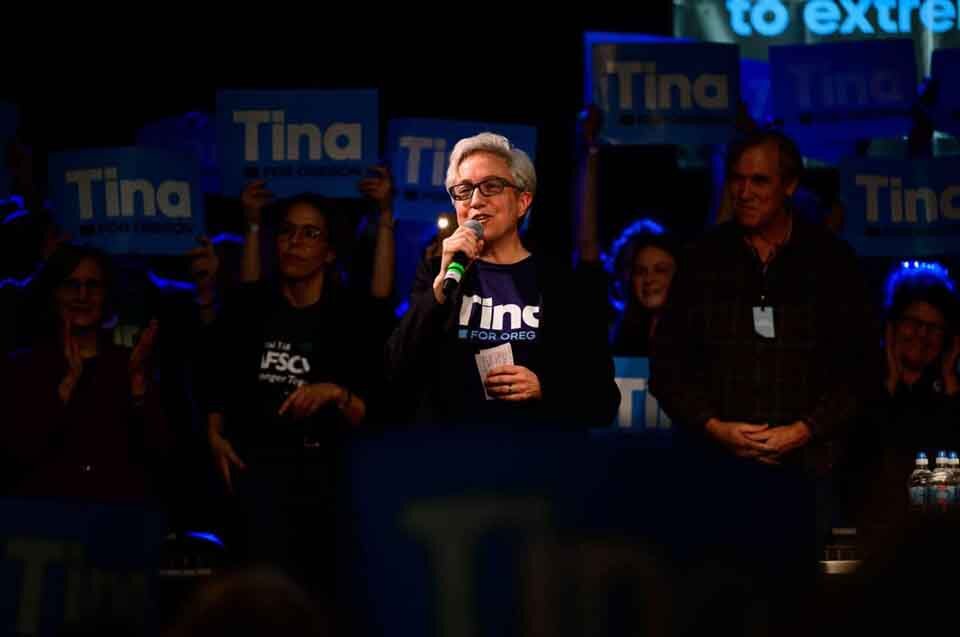Tackling the Escalating Fentanyl Crisis in Oregon: Officials Look for Solutions

Portland, Oregon – This highly populous city is raging a battle against fentanyl. Schools, jails, and city streets are all battling to fight the drug epidemic as Oregon and Washington tackle rising overdose deaths.
Washington’s Governor, Jay Inslee, a Democrat, wants to ask for $50 million from lawmakers for opioid treatment and prevention. Tina Kotek, Oregon’s governor and also a Democrat, wants to declare a fentanyl emergency in Portland. Lawmakers have established a committee on addiction to tackle the problem prior to the Legislature reconvening in February.
Recent analysis places this beautiful, forested city among the top 25 best places to live in in the United States (Read: What to do in Portland).
Governor Inslee realizes the seriousness of the fentanyl problem and how deadly the drug is. On a positive note, he emphasized that success in tackling and treating the drug problem was achievable.
The ongoing opioid crisis has seen a huge increase in fentanyl-related deaths, even among children. According to the most recent provisional data from the Centers for Disease Control and Prevention, it is believed that more than 78,000 individuals have succumbed to overdoses involving synthetic opioids. This is in the 12 months ending June 2023. This accounts for 92% of all opioid overdose deaths during that period.
Oregon and Washington aim to decrease fatalities. They want to expand the distribution of opioid overdose reversal medications like Naloxone. Naloxone, typically administered as a nasal spray or injection, helps with restoring breathing.
Inslee’s office stipulated that part of his supplemental budget proposal would be to provide first responders with naloxone. Oregon’s state health department also announced intentions to distribute complimentary opioid overdose reversal kits to middle and high schools. With Washington’s upcoming brief legislative session commencing in January, a bill has been filed to mandate all school districts to make this medication accessible in their high schools. Presently, according to the law, only those districts with a student population exceeding 2,000 are required to do so.
Another objective is to broaden the availability of treatment services. This included jails. Most of the inmates do meet the criteria for drug dependence or abuse. Research reveals that there is a heightened risk of mortality in the first weeks post-release. The leading cause of death for newly released individuals is overdose. This is because there is a decline in tolerance when they’re not using during their incarceration period.
Related: Open air drug markets in Oregon
The federal government will permit states to use funds from Medicaid, the collaborative federal-state health insurance program for those with low incomes. This is to cover the costs of medications aimed at curbing the use of opioids in state jails. This will allow for a move away from the original program’ when it was introduced in 1965. At first, it prohibited the use of funds to support incarcerated individuals.
Read: The Fentanyl plague in the US and how Vermont is fighting back
The governor of Washington, Inslee, aims to allocate state funds for the cost of these medications for prisoners. This is until such time as federal Medicaid resources become accessible. Also, his state’s opioid response plan wants an extension of treatment by permitting jails to administer medications that alleviate cravings and withdrawal symptoms to those not taking them before incarceration. According to the federal Bureau of Justice Statistics and the data from 2019, only 19% of U.S. jails offer this treatment for those without pre-incarceration prescriptions.
As per the same report, just 24% of jails maintain the provision of medication to alleviate withdrawal symptoms and opioid cravings for those who had prescriptions prior to their incarceration. The U.S. Food and Drug Administration has sanctioned three drugs for the treatment of opioid dependence: buprenorphine, methadone, and naltrexone.
Those in authority are looking to reduce public drug use. It has become far more evident in major cities like Portland and Seattle. This can be attributed to the escalating homelessness issue.
Read: Methamphetamine and Fentanyl linger in the air in Oregon’s public transit
The Governor of Oregon, Tina Kotek, released a proposal urging the state, Multnomah County, and the city of Portland to individually declare a 90-day fentanyl emergency. She wants to see the establishment of a command center to enhance coordination among outreach workers, law enforcement, and service providers. She also wants to see the operational hours of service providers extended.
In February 2024, when the Legislature convenes, Koteks wants lawmakers to consider prohibiting public drug use.
This prohibition on public drug use has been on everyone’s minds among Portland officials and lawmakers in recent months. The Portland City Council approved a ban in September, but its implementation will depend on changes to state law.
Officials for law enforcement have proposed this measure. They cite challenges in curbing public drug use since the 2020 ballot initiative decriminalized having even small amounts of drugs.
Tina Kotek went on to say that addressing the most critical challenges will demand the hope and resilience of the entire community.

Comments are closed.